|
The most recent addition to my number plate collection is a Y end number plate from B2 car 1809. This is the story of the car. Like all other B2 cars numbered 1801-1913, the 1809 was originally built as an A car. In the 1809's case, it was built as A car 237, with a final inspection date of 3/7/1973 and receipt of delivery on 6/26/1973. Roughly speaking it was about the 214th car delivered, of a series of orders totaling 450 revenue cars. Kenneth Clyde Jenkins captured the 237 at Daly City a few times in the mid 1970s. Here are some of his pictures, now in my collection. In the late 1970s to early 1980s, BART Hayward Shop converted 35 A cars to B cars, allowing for longer weekday trains and enough cars for weekend operation. Many of these cars were previously damaged in accidents, fires, or other incidents. It's hard to say at the moment what was the exact reason behind the conversion, but A car 237 was involved in an ATC-related incident at Richmond station on September 30, 1975. The A to B car conversion was underway by 1980 and A car 237 was converted into B car 809 (9th conversion) during this time. From the 1980s to late 1990s, it rolled as B car 809. In total, it rolled about 4 million miles as A car 237/B car 809. The entire remaining A and B car fleet was rebuilt during the turn of the century to allow for another couple decades of service. All B cars were rebuilt into B2 cars, including car 809, which became B2 car 1809 in 2000. The 1809 rolled throughout the system, and in its final years was assigned to Concord and later Richmond yard. I last saw the 1809 at Hayward yard, stored awaiting decommissioning on June 16, 2023. It was decommissioned just a few weeks later, on June 30, 2023 - a few days after reaching 50 years on the property (where it began, and ended at Hayward Yard). A Y-end (once the cab end, when it was an A car) number plate from the 1809 resides in my collection, where it remains as a reminder of a well-traveled, and well-storied BART car.
0 Comments
WRM recently received a truck from BART. The truck was sourced from a recently retired and scrapped B2 car. The truck itself is an original Rockwell model HPD-3 inboard bearing, cast steel truck, designed and used by BART’s A and B cars, and later refurbished and used on the A2 and B2 cars. The image below shows various components of the truck as originally built. Compare to below This particular truck, serial #2368 has a build date of 1970 as seen by the builder’s plate. During the midlife refurbishment of the A and B cars into the A2 and B2 cars in the late 1990s and 2000s, these Rockwell trucks were refurbished and replaced their Westinghouse 1463 DC motors with Adtranz 1507C AC motors. The third rail shoe and related assembly (in red, stored on top at the moment) picks up 1000 volt DC third rail and feeds it to the propulsion system (inverter) located underneath the carbody. Then, AC power and commands from the car powers the two motors, moving the truck (and the car mounted on the truck). Overall, the truck is in excellent condition and with a few more parts, will be a complete B2 car truck. This truck will help the BART car preservation effort by providing numerous measurements to ensure safe movement and storage of three BART legacy cars in WRM’s Carbarn 3.
The latest car number plate added to the collection comes from (what was once) car 1902. Like all 1800s and 1900s B2 cars, the 1902 was formerly an A car. In this case, 1902 was A car 189 (pictured), and delivered from Rohr in 1973, entering service in 1974. In 1999, ADTranz rebuilt this A car into a B2 car, and it rolled in revenue service until its scrapping back in January of this year. Number plate purchased from BART via Railgoods. Final resting place of part of 1902 - cherished part of the ATP Transit BART collection.
|
About
"The Two Bagger" is meant to be a place to store more "blog" style posts on various cars, pictures, and random tidbits/trivia. At BART, a "two bagger" is a rather informal name for a two car train. Two car trains rolled in revenue service back in 1972. Archives
July 2024
Categories
All
|

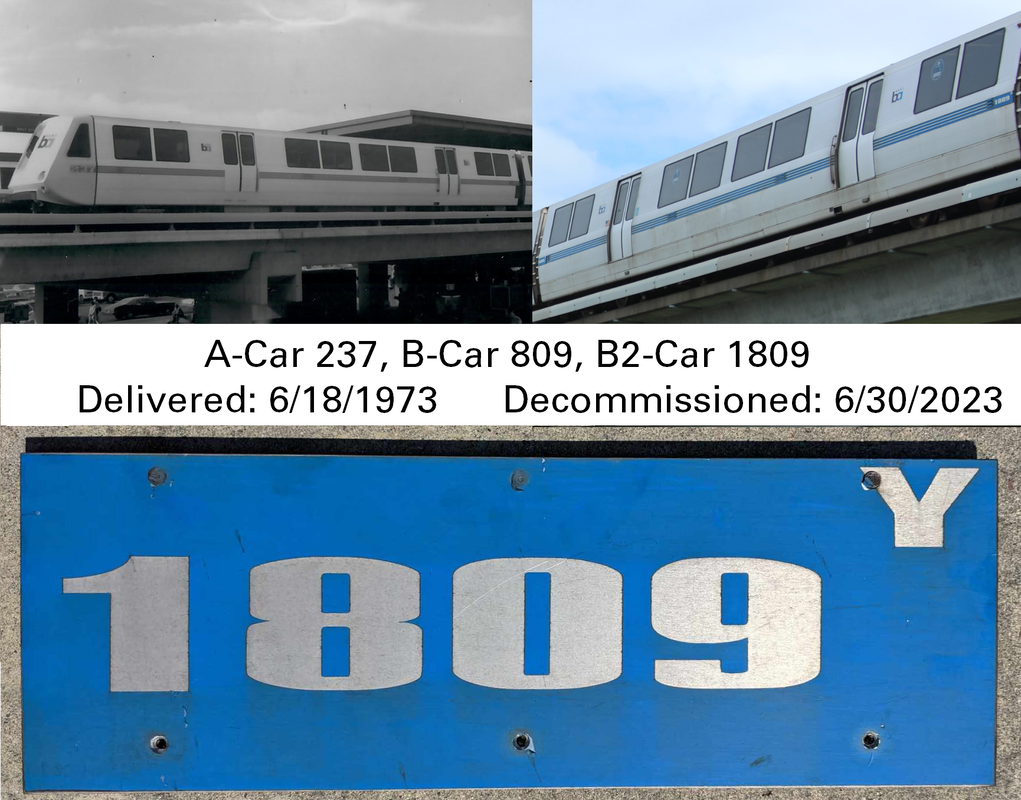

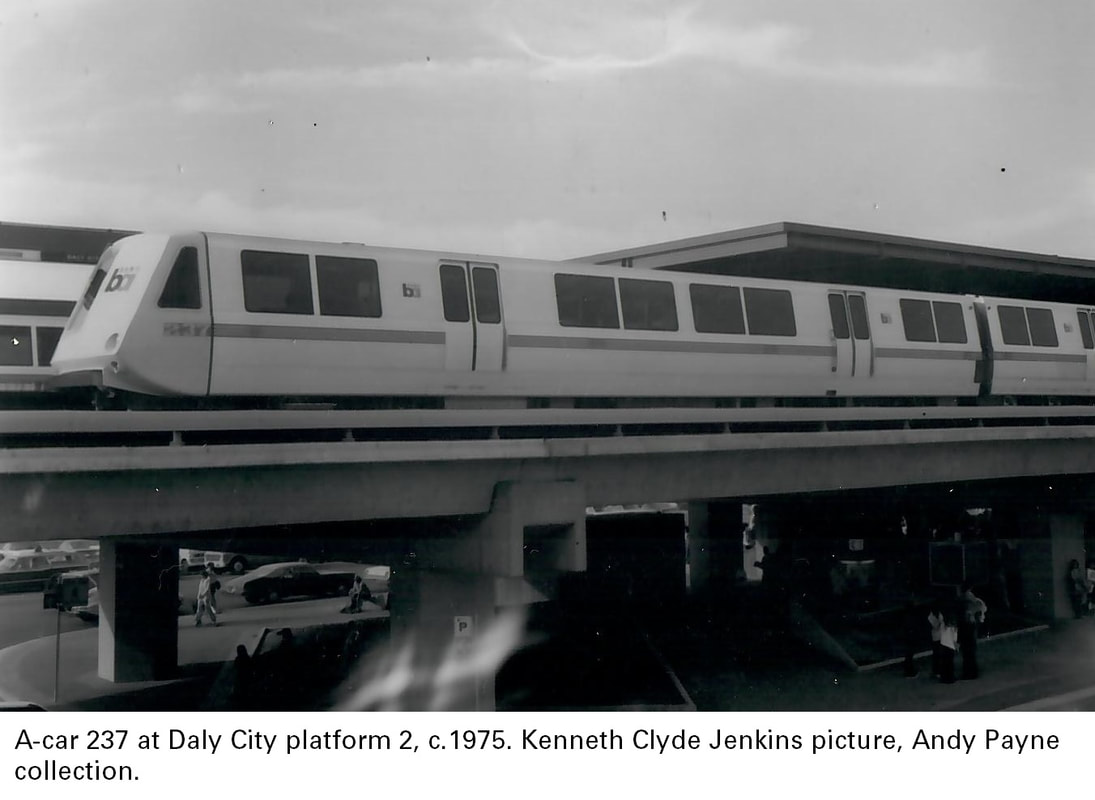


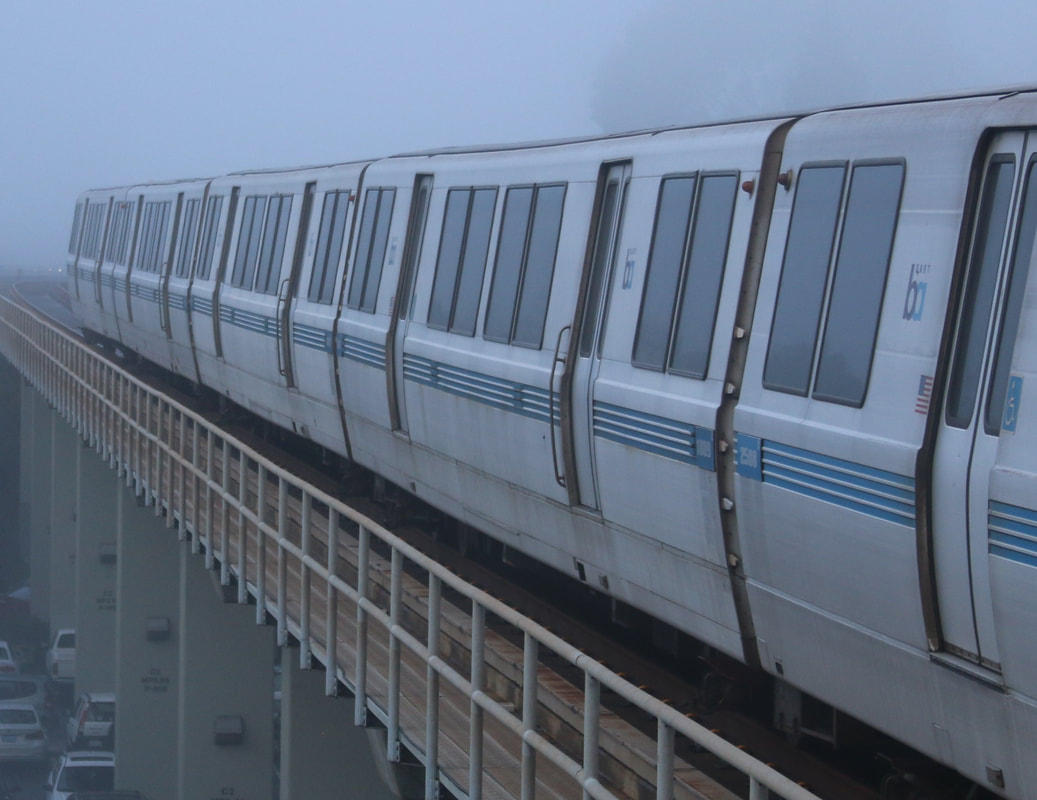





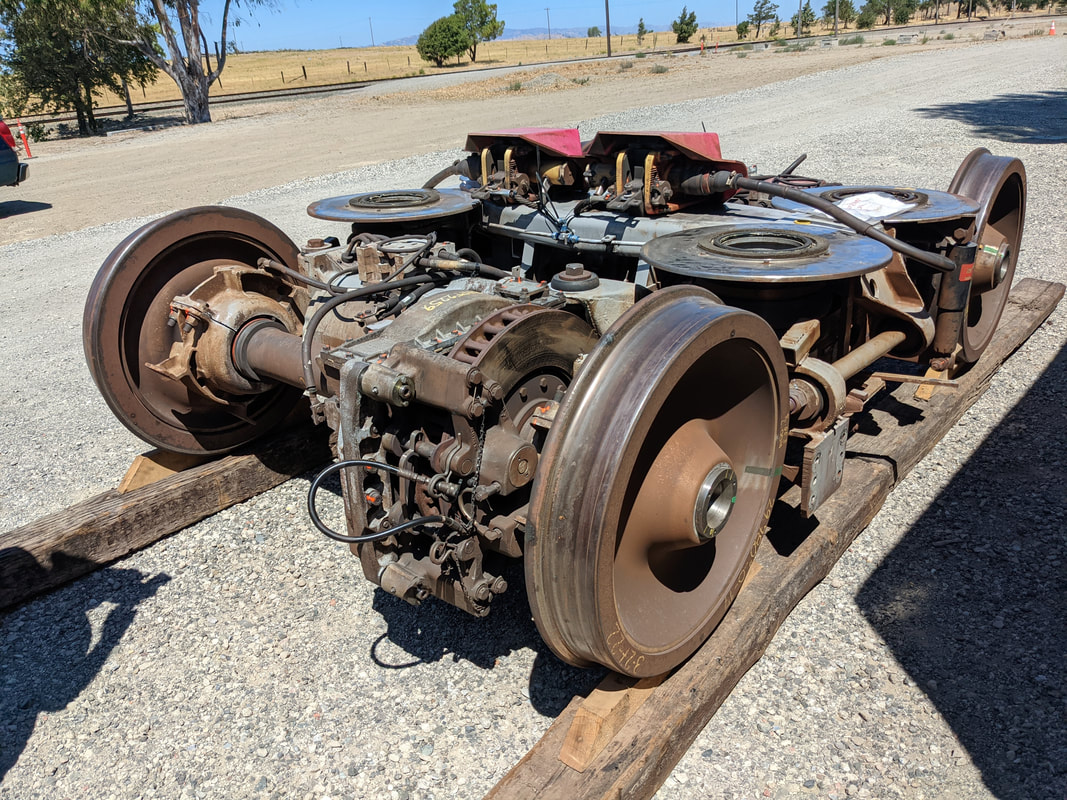




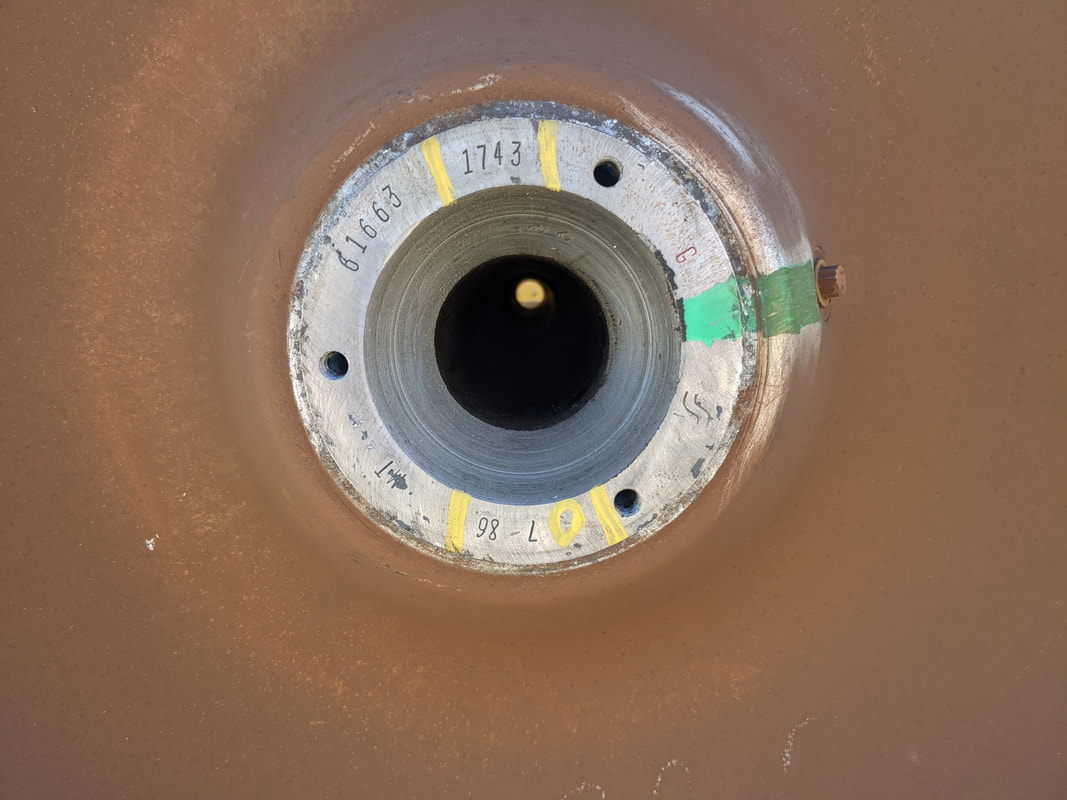

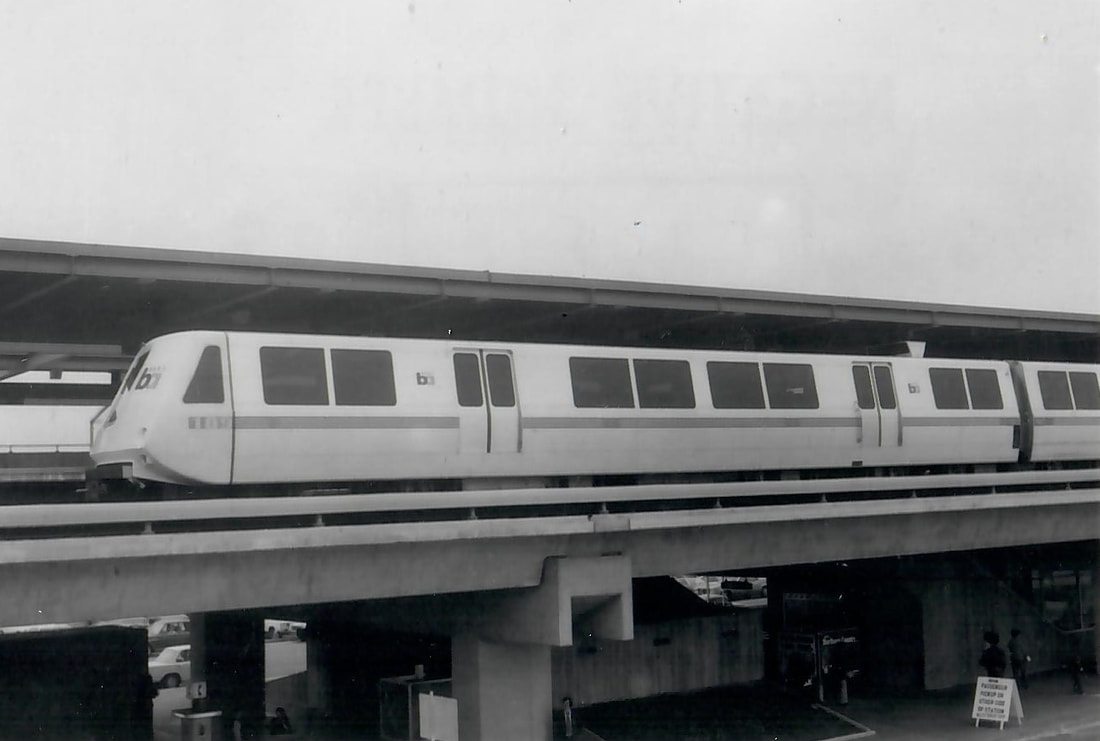

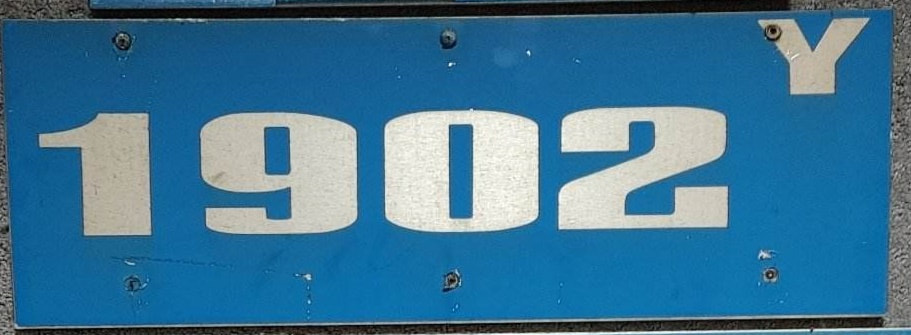
 RSS Feed
RSS Feed
